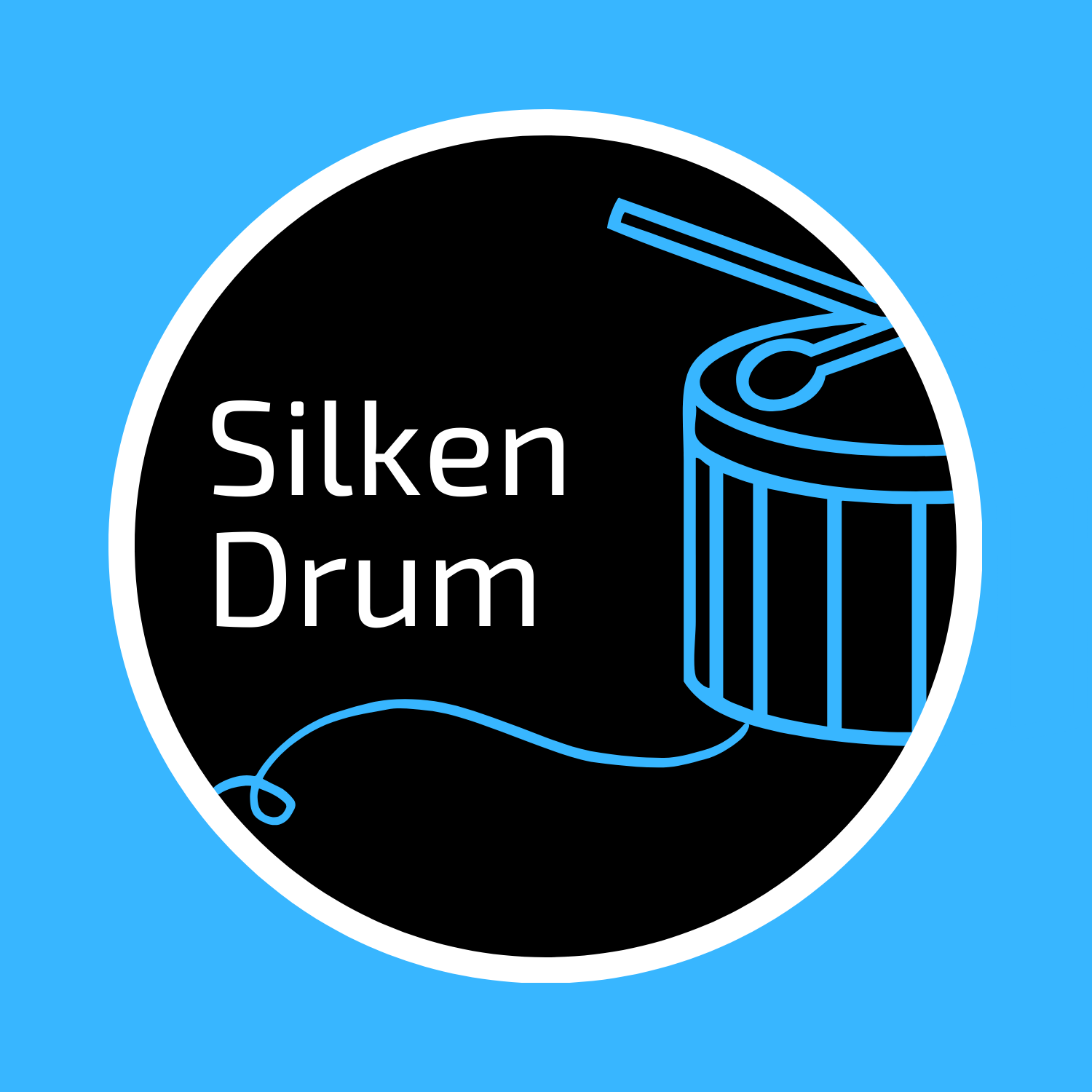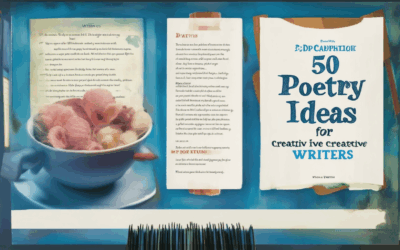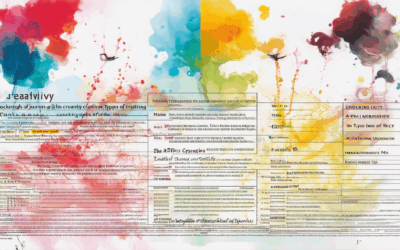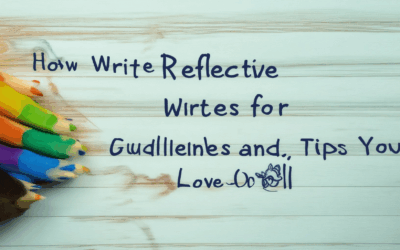In today’s competitive literary landscape, poetry submissions have become a cornerstone for emerging writers seeking recognition and exposure. Whether you’re a seasoned poet looking to expand your reach or a beginner eager to break into the world of poetry, mastering the art of poetry submissions and tips is crucial for your growth as a writer. This comprehensive guide dives into the essential aspects of poetry submissions, offering valuable insights to help you navigate the complexities of formatting, selecting the right platforms, and strategically submitting your work. From understanding the best practices for formatting poetry to exploring reliable platforms for submission, this guide equips you with actionable advice to enhance your poetry submissions and increase your chances of success. Additionally, we’ll delve into overcoming common challenges, protecting your work, and leveraging resources to stay ahead in the competitive world of poetry. By the end of this guide, you’ll be armed with the knowledge and confidence needed to excel in poetry submissions and take your writing career to new heights.
Key Takeaways
– Understand the poetry publishing market to target the right platforms and increase your chances of acceptance.
– Build a strong portfolio by submitting your work to contests, literary magazines, and small presses.
– Network and engage with poetry communities to gain valuable connections and feedback.
– Stay persistent and adaptable, knowing that rejection is a common part of the process.
– Seek professional feedback through workshops and writing groups to refine your craft.
– Explore alternative publishing options if traditional routes seem challenging.
– Maintain a daily writing routine and read influential poets to stay inspired.
– Consider copyright registration to protect your work and provide legal peace of mind.

How to Format Poetry for Submission
To ensure your poetry manuscript is submitted correctly and professionally, follow these essential formatting guidelines:
1. Title Page
- Include the title of your poetry collection.
- Your full name (poet’s name) prominently displayed.
- Contact information (email and phone number) for queries.
- Page numbers should be included in the header or footer for easy navigation.
2. Table of Contents
- List all sections, chapters, or groups of poems by title and page number.
- Include a list of all individual poems with their respective page numbers for quick reference.
3. Margins and Formatting
- Standard margins: 1 inch on all sides (top, bottom, left, right).
- Use a readable font like Times New Roman, Calibri, or Arial.
- Line spacing: 1.5 to 2 lines between stanzas, depending on the journal’s preference.
4. Line Spacing and Indentation
- Use “leading spaces” to align lines according to the poem’s structure (e.g., sonnets require consistent indentation).
- Single line breaks should be represented with a forward slash (/) or a dash (-), depending on the journal’s guidelines.
5. Formatting Each Poem
- Title each poem with quotation marks and center the title if required by the journal.
- Use consistent font size (12pt) and line height for all poems in the manuscript.
- Indentation varies based on poetic form (e.g., free verse vs. traditional forms).
6. Documentation
- Include a brief bio or writer’s statement at the beginning or end of the manuscript.
- Provide your contact information for any potential inquiries or submissions.
7. Submission Guidelines
- Check the publisher’s website or submission guidelines for specific formatting requirements.
- Most publishers accept submissions via online portals or email with an attachment.
- Ensure your manuscript is saved as a PDF file before submitting to maintain formatting integrity.
8. Additional Tips
- Read past submissions to understand the publisher’s preferred formatting style.
- Proofread your manuscript multiple times for errors and consistency.
- Consider hiring a professional editor or poet mentor to review your work before submission.
By following these guidelines, you’ll increase the chances of your poetry manuscript being accepted and well-received by literary journals and publishers.
The Best Platform to Post Poetry
For someone looking to share their poetry, there are several platforms that cater to creative expression and community engagement. Here are some of the top options:
- Silken Drum – A premier platform dedicated to celebrating creative writers, poets, and literary enthusiasts. It offers a space to share work, engage in discussions, and connect with like-minded individuals. silken drum
- Poetic.com – Specializes in poetry and literature, providing a global audience for your work. poetic com
- Instagram – While primarily a visual platform, Instagram has a vibrant poetry community. Share your poems through images or reels and engage with followers using hashtags like #poetrycommunity. instagram
- Google Groups – Join active poetry groups such as “Indian Poetry Circle” or “World Poetry Movement” to share your work and receive feedback. google groups
- YouTube – Create videos of your poetry readings or discuss poetic techniques. Upload content to reach a broader audience. youtube
- Medium – Publish your poetry on Medium to reach readers interested in diverse literary content. medium
- WordPress – If you prefer self-hosting, WordPress allows you to create a blog focused on poetry and literary discussions. wordpress
Each platform has unique features, so the best choice depends on your goals, whether it’s building a community, reaching a global audience, or exploring creative formats. Engage with the poetry community actively to grow your presence and audience.

Where Can I Submit My Poem and Get Paid?
Submitting your poem and getting paid involves exploring reputable platforms and journals that accept submissions and compensate contributors. Here are some effective avenues:
- The Poetry Foundation – Poetry Magazine : A renowned publisher accepting submissions of poetry, visual poems, and videos. Payment is offered, making it a valuable opportunity.
- Silken Drum : An online platform fostering creative writing, offering spaces for sharing poetry and engaging with a community. Check their guidelines for payment details and submission processes.
- Submittable : A submission platform connecting writers with various publishers. While they may charge fees, they facilitate access to multiple opportunities, potentially increasing chances of monetization.
- The Rumpus : Publishes diverse literature, including poetry, with open submission periods. Research their payment structure to understand if contributions are compensated.
- Poet Lore : A respected journal accepting submissions year-round. Investigate their policies to determine if they offer payment and the terms involved.
- Regional and Themed Journals**: Explore niche publications like The Southern Poetry Review or The Missouri Review that may offer payment for submissions aligned with their themes.
- Online Platforms and Blogs : Consider contributing to platforms like Medium or LinkedIn through guest posts or poetry collections, potentially leading to tips or sponsorships.
- Traditional Publishing Paths : Engage with literary agents or small presses for potential book deals, which may offer advances or royalties upon publication.
Before submitting, prepare thorough submission materials, including a polished query letter and high-quality poem manuscript. Research each platform’s payment models and submission processes to strategically target your efforts and enhance your chances of success.

Is It Difficult to Get Poetry Published?
Yes, it can be challenging to get poetry published, but with persistence and the right approach, it is possible. Many poets face rejection, but understanding the market and refining your craft can significantly improve your chances.
Understanding the Market
The publishing world for poetry can be competitive. Editors and publishers are looking for unique voices and high-quality work that resonates with readers. Researching popular poetry journals and magazines can help you target the right platforms for your poetry.
Building a Strong Portfolio
A robust portfolio is essential for showcasing your work. Consider submitting your poetry to contests, literary magazines, and small presses. Platforms like The Poetry Society and Poetica offer opportunities to share your work and gain exposure.
Networking and Community Engagement
Joining poetry communities can open doors to valuable connections. Attend workshops, readings, and events hosted by organizations like Silken Drum . Engaging with other writers can provide feedback, support, and opportunities to collaborate.
Persistence and Adaptability
Rejection is a common part of the process. Keep refining your work and exploring different styles. Experiment with forms like haiku, sonnets, or prose poetry to diversify your portfolio.
Seeking Professional Feedback
Workshops and writing groups can help you develop your skills and receive constructive criticism. Consider joining The Writer’s Center or similar organizations to gain insights from experienced writers and editors.
Exploring Alternative Publishing Options
If traditional publishing is difficult, self-publishing or micro-publishing are viable alternatives. Platforms like Amazon Kindle Direct Publishing allow poets to share their work independently. Additionally, chapbook projects can provide a focused showcase for your poetry.
Staying Inspired and Motivated
Keep a daily writing routine and set personal goals to keep motivated. Reading works from established poets like T.S. Eliot or William Blake can inspire fresh ideas and approaches to your own poetry.
By understanding these challenges and taking proactive steps, you can increase your likelihood of success in publishing your poetry. Remember, consistency and dedication are key to achieving your goals in the literary world.
Should I Copyright My Poetry Before Publishing?
Your poetry is protected by copyright law upon creation, but registering it with the U.S. Copyright Office enhances your legal protections and provides a public record of ownership. Here’s a structured overview:
- Automatic Protection: In the U.S., your work is copyrighted upon fixation, but registration strengthens enforcement capabilities.
- Public Record: Registration creates a official record, aiding in disputes and legal actions.
- Durability: Copyright lasts for the life of the creator plus 70 years, offering long-term protection.
- Publication Requirements: Copyright protection applies regardless of publication method; digital sharing suffices.
- Cost Considerations: Registration involves fees, which may be justified by the potential legal benefits.
- International Protection: While automatic in some countries, registering separately may be advisable for broader coverage.
- Process and Time: Digital submission is possible, with processing times varying based on complexity.
Consideration of alternative protections, like Creative Commons licenses, may offer flexibility but less control. Fair use exceptions allow limited use for education or critique. Weighing these factors will guide your decision on registering your poetry for robust protection and peace of mind.

What is the Most Difficult Poetry to Write?
The most difficult poetry to write often combines complexity in structure, rhyme, and theme, requiring meticulous craftsmanship and deep artistic vision. Among various poetic forms, several stand out for their demanding requirements:
- Sestina : A 39-line poem with a strict ABABCB and CDCDCD rhyme scheme, making it one of the most challenging due to its intricate structure and consistent rhyme pattern.
- Sonnet : Known for its 14-line structure, the sonnet demands precision in rhyme and meter, whether following Shakespearean (ABAB CDCD EFEF GG) or Petrarchan schemes.
- Haiju : Though seemingly simple with its 3-line structure, capturing the essence of nature and seasonality in just three lines requires profound insight and adherence to syllable constraints.
- Tanka : A 5-line form with fixed syllables and rhythm, balancing these elements demands exceptional skill, particularly in maintaining the poem’s musicality and emotional depth.
- Epic Poetry : Writing an epic like the Odyssey involves crafting a vast narrative with complex characters and themes, requiring sustained creativity and structural coherence.
- Ghazal : A traditional Urdu poem with a specific rhyme scheme and meter, mastering the intricate patterns and musicality adds significant difficulty, especially without familiarity with the cultural context.
- Modern Free Verse : While offering freedom, free verse can be challenging as it relies on strong imagery and emotion without traditional structures, potentially leading to disorganization if not handled thoughtfully.
These forms demand a blend of technical skill and creative innovation, making them among the most difficult for writers to master. Whether adhering to traditional constraints or exploring innovative styles, each requires a unique approach to craft meaningful and impactful poetry.




0 Comments